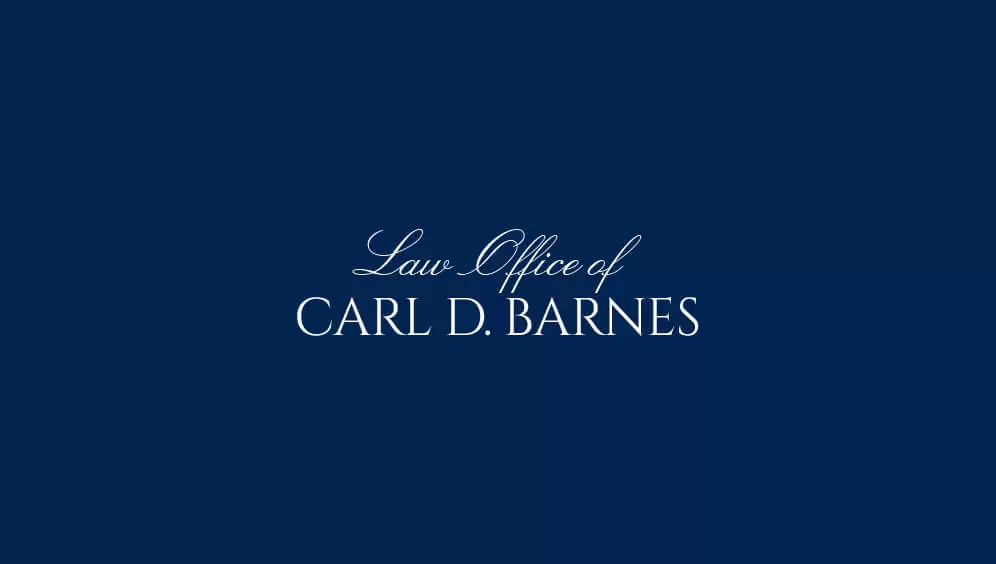Free Consultations
3 safety requirements for California apartment buildings

Landlords have a legal responsibility to ensure that rental units are reasonably free from health and security hazards. Often, this means making certain that plumbing, heating and electrical systems are in good working order, stairways, railings and floors are free from defects, and grounds are clean and sanitary.
However, in California, landlords must also make sure that buildings and individual rental units meet certain specific types of safety requirements.
1. Fire safety
In most cases, the law requires that landlords install working smoke detectors in each bedroom, in the hallway outside a bedroom/bedrooms, and in certain other designated areas. In apartment complexes, common stairwells should also have operating smoke detectors.
Landlords should also ensure that hallways, stairs and exits are free from debris and that there are safe emergency exits that provide access to a hallway or street.
2. Security
The doors and windows of rental units should include operable locking devices, including working deadbolt locks on main entry doors. Additionally, landlords should provide a locking, USPS-approved mailbox for each rental unit to ensure tenant security and privacy.
3. Carbon monoxide
Appliances that burn fuel like natural gas, oil or propane may leak carbon monoxide into the home if not properly maintained. In California, rental units that have fuel-burning stoves, heaters, water heaters or other appliances must have working monoxide detectors.
Unfortunately, too often property owners do not take the time to make sure that rentals meet basic health and safety standards. If a landlord’s negligence leads to injury or even death, tenants should know that they may be able to receive needed compensation under the law.

2500 East Colorado Boulevard
Suite 350 Pasadena, CA 91107
Pasadena Law Office Map

